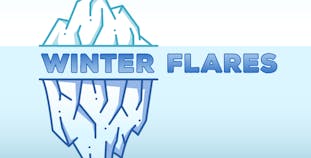Advance Online

Advance Online
Thawing the Fact From Fiction Behind Winter Flares
Do you feel like the cold, dark weather triggers your psoriasis or psoriatic arthritis? If so, you’re not alone. Two doctors offer potential reasons and practical advice.



